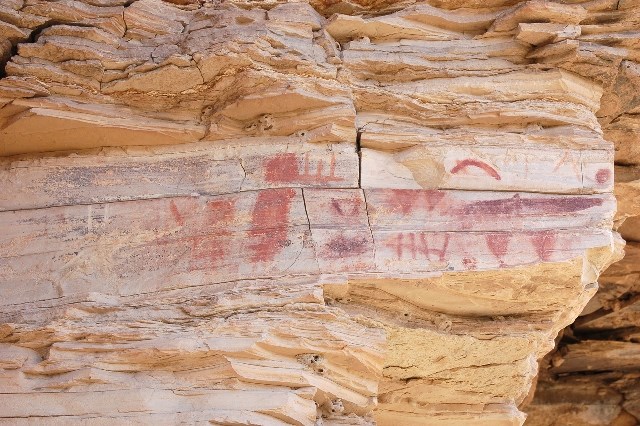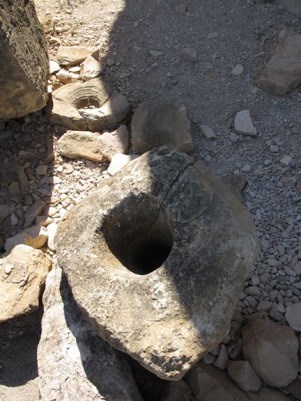
The Science of Archeology
Archeological Study at Big Bend National Park

Preservation of Archaeological ResourcesThousands of archaeological sites within the park hold remnants of the material remains of 10,000 years of Native American occupation of the Big Bend. When properly studied, these sites can provide very valuable information about past lifeways. TranscriptHi, my name is Phil Varela. I'm the museum specialist here at Big Bend National Park, and I have a couple of items here in our museum collection. And these are objects that visitors, found in the park. Cans and bottles, ceramics. Sometimes there's farm equipment, ranch equipment and things like that. And, brought them into the visitor center to show a ranger. And the visitor was probably very well intentioned. They thought they would, alert a ranger about an item that they wanted to protect either from being lost or being stolen. And so they removed an item from the site to share with us. Unfortunately, when this happens, a lot of these items end up in the museum collection, out of context. So museum curators and archeologists lose a lot of information that they could learn about these objects. If it was left in the site. Hi, I'm Sarah Loftus. I'm the archeologist here at Big Bend National Park, and I just wanted to talk to you a little bit about what we mean by it when we say context at an archeological site. And it's really just sort of the placement and the objects and all the stuff that's associated with where people were living, whether that's an early indigenous site or whether that's a 20th century ranching site or something from the early Park Service era. You can see there's there's quite a lot of stuff here. I'm standing I'm sitting kind of inside the foundation of the house. And then we have a lot of material culture, a lot of stuff ranging from stone tools to, you know, rusty cans to broken bottles and all of it's really important for helping us understand the people that were living out here and what was going on out in the park. Part of the mission of the National Park Service is to preserve and protect natural and cultural resources. And so that's the one of the beautiful things about having these national parks is because these archeological sites are sort of preserved and they're intact. And that's how we we try to leave things in place and leave them as they are, so that future generations can come out here and have the same experiences that we are and learn about these sites in the same ways that we are. If you do find something that you feel is at risk of being lost or stolen, the best way that you can help is to simply report that information to a Ranger. You can take pictures, GPS coordinates, and note nearby campsites or trails. That way, park staff are able to return to the site and record, information about the object in context. To learn more about the history of the site and the people who live there. By taking these steps, you can help us preserve big band history for future generations.
Visit our keyboard shortcuts docs for details
Visitors regularly find historic artifacts in Big Bend National Park but may not realize that items such as old cans, bottles, etc. are also part of the archeological record. It is extremely important to always leave all artifacts in place, and report what you've found to a Park Ranger. Items removed from the site lose all their historical context and also keep future generations from experiencing the history of Big Bend as we can today. |
Last updated: April 29, 2025
